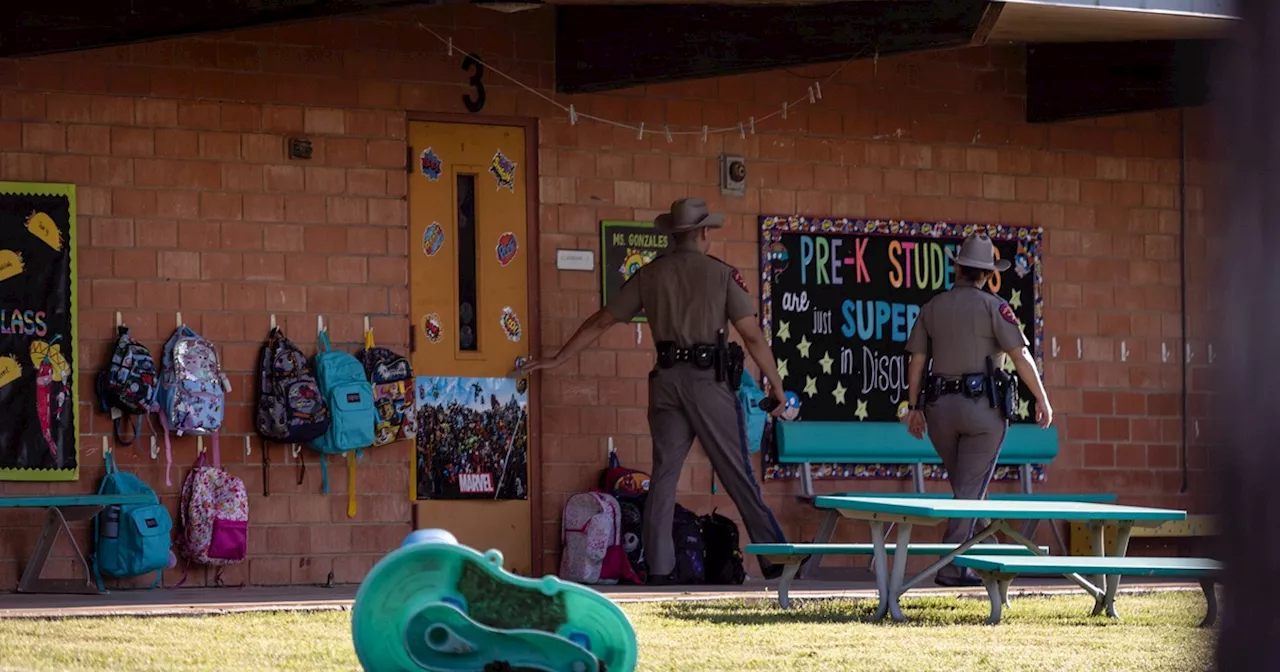Texas faces a critical decision about funding for armed guards in schools. While a 2023 law mandates an armed officer at each campus, many districts struggle to meet the requirement due to insufficient funding. Lawmakers are debating how much to increase the school safety allotment, with proposals ranging from doubling the current amount to reaching the $100 per student figure advocated by school officials. The issue highlights the tension between security concerns and financial constraints in the wake of the Uvalde school shooting.
Officers test classroom doors and patrol an elementary school in Uvalde on the first day of classes in September 2022. How to pay the cost of armed guards at schools is on the agenda for Texas lawmakers.Since Texas passed a law in 2023 requiring public school districts to have an armed officer at each campus, districts have repeatedly asked the state for more money to fulfill the requirement.
The question legislators face this session: will they come close to increasing that allotment to the $100 per student that districts say is necessary to finally fill the funding gap?The 2023 law, House Bill 3 (HB 3), was passed in the wake of the tragic mass shooting at an elementary school in Uvalde that left 19 children and two teachers dead. But since its passage, more than half of Texas school districts do not meet the one armed officer per school requirement, according to a January Senate Education Committee report. Many school district officials call HB 3 an unfunded mandate, saying the increases to the existing school safety allotment it created pay only a small part of the cost of adding full-time personnel to all schools. A possible increase is part of the conversation this session. In his State of the State address this month, Gov. Greg Abbott touched on the need for increased school safety funding.Still, school leaders say the amount proposed may not be enough. On top of that, a law enforcement shortage nationwide and in Texas makes it more difficult to staff armed officers at all schools. “We would spend every penny we have protecting these kids, these staff and this community if we could,” said Zack Kleypas, superintendent of Thorndale Independent School District. “If you know we need it: Please fund it.”HB 3 increased how much districts receive for school safety each year to $10.00 per student from $9.72 per student, with an additional $15,000 for each campus in a school district. HB 3 also provided the Texas Education Agency a one-time figure of $1.1 billion to distribute to school districts for safety upgrades. Under HB 3, an average-sized Texas elementary school — which has about 600 students — would receive about $21,000 per year from the school safety allotment. That figure comes well short of the at least $60,000 to $70,000 school officials say is necessary to pay an armed guard each year. The law also included other provisions, like one mandating that certain school personnel must undergo a “mental health first-aid training program.” The law also gave the state more power to require active-shooter plans. During debate in early 2023, some lawmakers said that requiring an armed guard at each school could endanger students instead of making them more safe. A 2021 report by the Texas Tribune revealed that a bill that would have raised the minimum age for Texans purchasing semi-automatic rifles from 18 to 21 died in committee. With no school safety funding increases since HB 3 passed, many school districts have taken “good cause exceptions” from the armed guard requirement. Districts can take an exception if, for example, they have school marshals that act as security guards or safety-trained employees who carry handguns on school grounds. The Thorndale leader, Kleypas, said his district, which serves about 600 students in a rural area 45 miles northeast of Austin, would hire armed guards for each of its three schools if they had much more than the $50,000 or so they receive from the school safety allotment each year. Instead, the district for the past five years has taken part in the Texas School Guardian Program, in which about 10 safety-trained school employees from the three campuses have access to district-owned firearms. Kleypas said he would rather have paid full-time armed guards at each of Thorndale ISD’s three schools instead of putting an additional responsibility on employees who have other primary focuses.With some money in the proposed budgets for 2026 and 2027, the door is open this session for school safety funding increases. Lawmakers from both parties have introduced legislation to increase the spending. The question remains: How much?,Rep. Jon Francis, R-Houston, would double the school safety allotment. Districts would receive $20 per student and $30,000 per campus each year for safety. Huffman, the Senate Finance Committee chair, is also the sponsor of the Senate’s bill to increase school safety funding that passed the Senate but didn’t get a vote in the opposite chamber. A similar bill by Rep. Rafael Anchia, D-Dallas, would give districts $100 per student and $60,000 per campus under the school safety allotment. West said the bill is a “marker, so to speak, to be a part of the discussion.” The $100 per student figure, he said, is more in line with the needs of districts than the current $10 figure. Some district leaders are in agreement
Texas School Safety Funding Armed Guards HB 3 Uvalde Shooting Lawmakers Budget
United States Latest News, United States Headlines
Similar News:You can also read news stories similar to this one that we have collected from other news sources.
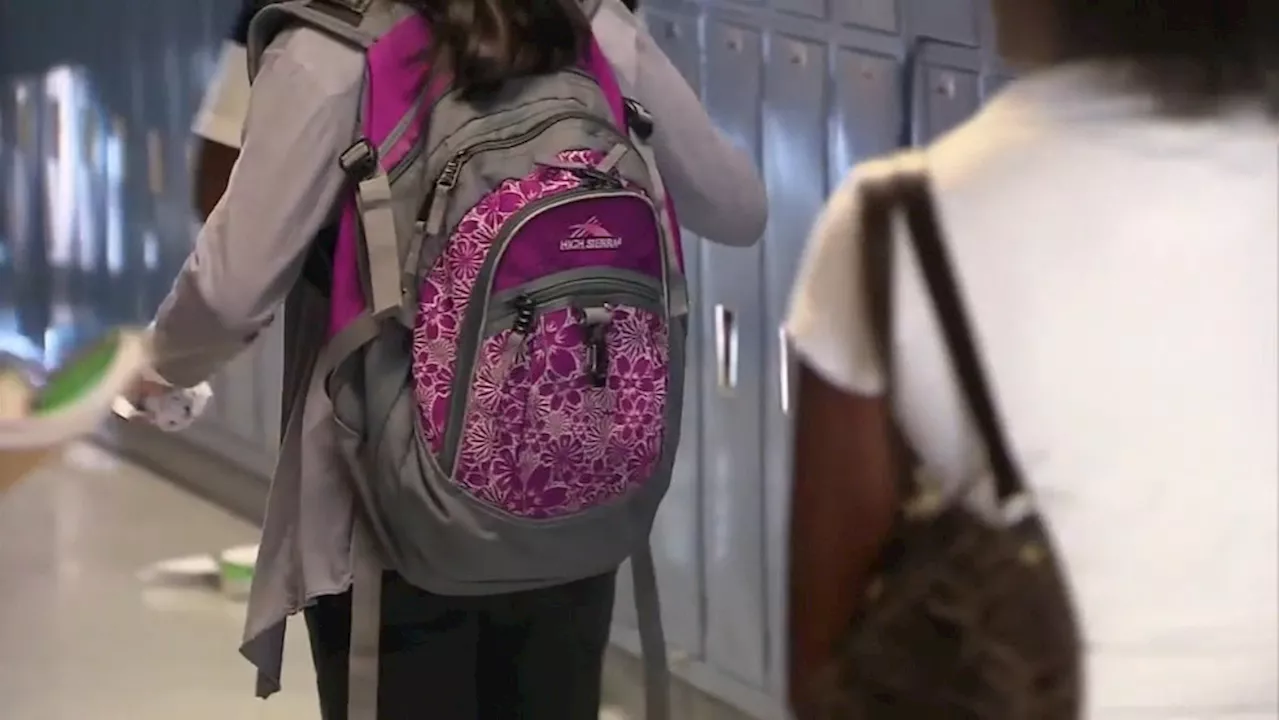 Texas lawmakers propose funding increase for schools, as districts face cuts and closuresAs the 89th Texas Legislature navigates its early weeks, the critical issue of public education funding has taken center stage.
Texas lawmakers propose funding increase for schools, as districts face cuts and closuresAs the 89th Texas Legislature navigates its early weeks, the critical issue of public education funding has taken center stage.
Read more »
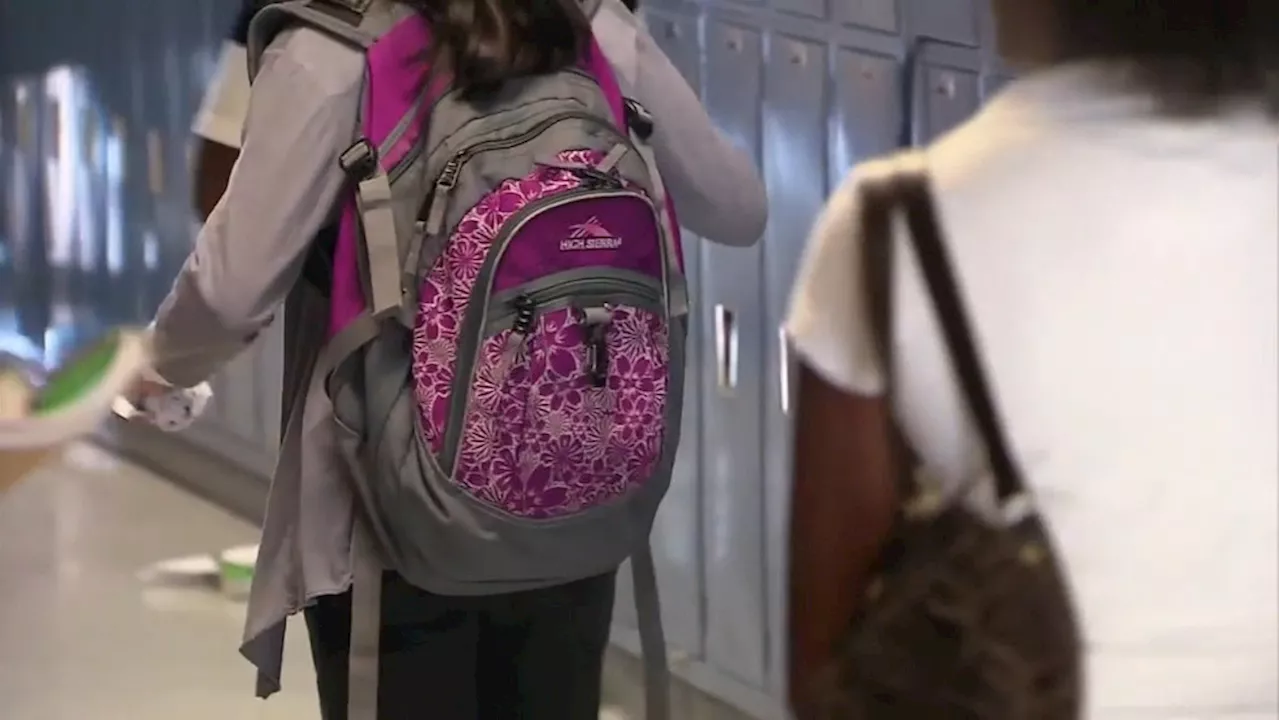 Texas lawmakers propose funding increase for schools, as districts face cuts and closuresAs the 89th Texas Legislature navigates its early weeks, the critical issue of public education funding has taken center stage.
Texas lawmakers propose funding increase for schools, as districts face cuts and closuresAs the 89th Texas Legislature navigates its early weeks, the critical issue of public education funding has taken center stage.
Read more »
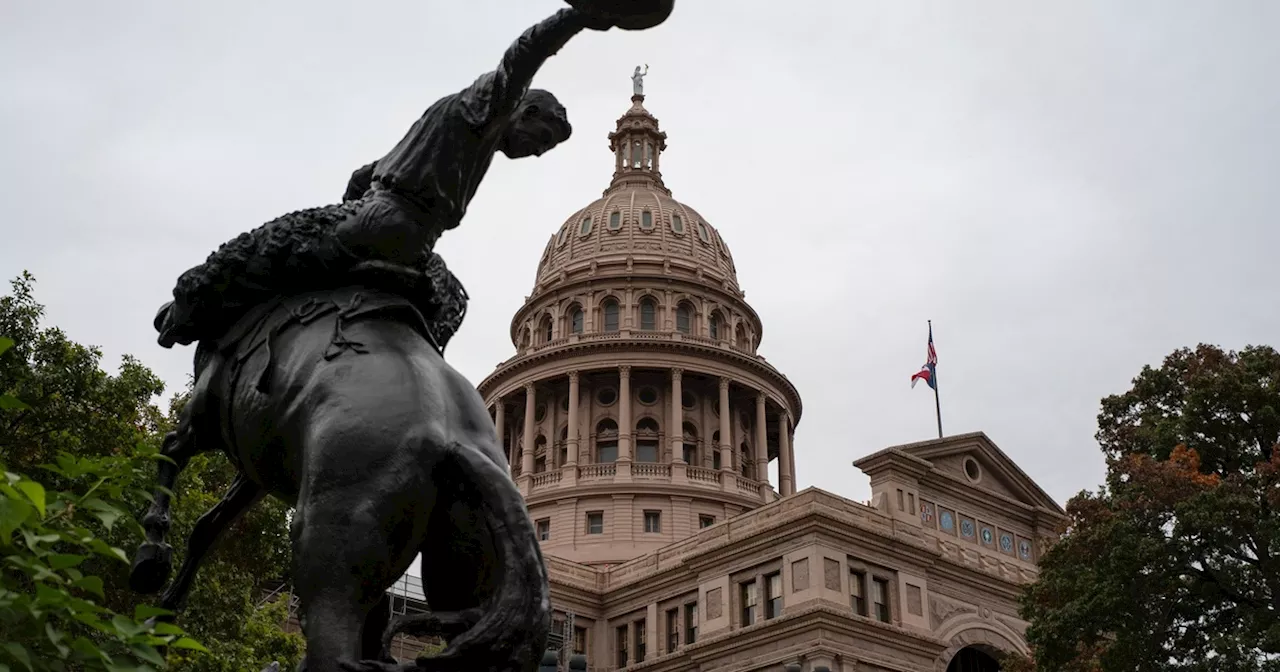 Texas Lawmakers Propose $25 Billion Education Savings Accounts, Property Tax Cuts and Water Infrastructure FundingInitial budget drafts filed by Texas House and Senate leaders propose billions of dollars in spending over the next two years, including a $1 billion increase for education savings accounts, property tax cuts, teacher pay raises, water infrastructure improvements, and continued border security presence.
Texas Lawmakers Propose $25 Billion Education Savings Accounts, Property Tax Cuts and Water Infrastructure FundingInitial budget drafts filed by Texas House and Senate leaders propose billions of dollars in spending over the next two years, including a $1 billion increase for education savings accounts, property tax cuts, teacher pay raises, water infrastructure improvements, and continued border security presence.
Read more »
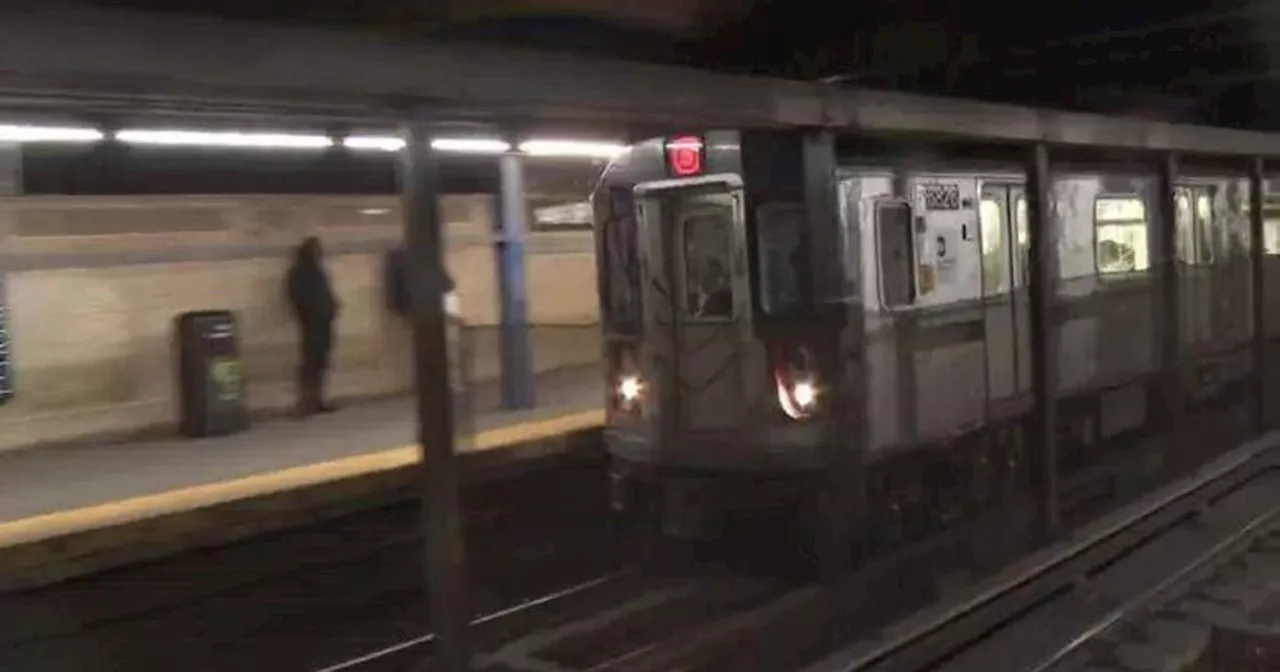 MTA Seeks $68 Billion for Subway Overhaul, Lawmakers Face Funding DilemmaThe Metropolitan Transportation Authority (MTA) is urgently seeking over $68 billion to finance a critical capital plan aimed at revitalizing the aging subway system in New York City. MTA Chair Janno Lieber appealed to lawmakers in Albany for solutions to secure the necessary funds, emphasizing the urgent need for repairs and modernizations to prevent further deterioration and ensure the safety and reliability of the system.
MTA Seeks $68 Billion for Subway Overhaul, Lawmakers Face Funding DilemmaThe Metropolitan Transportation Authority (MTA) is urgently seeking over $68 billion to finance a critical capital plan aimed at revitalizing the aging subway system in New York City. MTA Chair Janno Lieber appealed to lawmakers in Albany for solutions to secure the necessary funds, emphasizing the urgent need for repairs and modernizations to prevent further deterioration and ensure the safety and reliability of the system.
Read more »
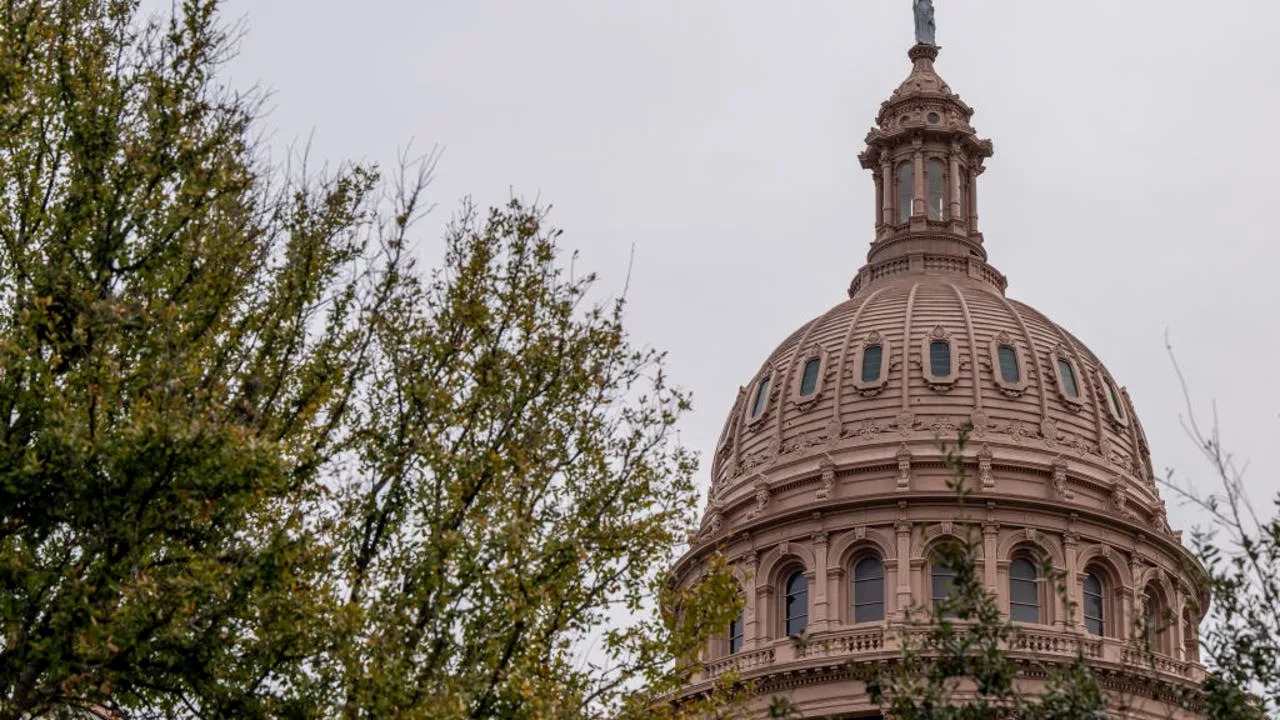 Texas Lawmakers Face Key Issues in New Legislative SessionThe Texas legislature kicks off its new session with numerous important issues on the agenda, including school choice, abortion, sports betting, and cannabis. The race for Texas House Speaker is also a prominent focus, with two candidates vying for the position.
Texas Lawmakers Face Key Issues in New Legislative SessionThe Texas legislature kicks off its new session with numerous important issues on the agenda, including school choice, abortion, sports betting, and cannabis. The race for Texas House Speaker is also a prominent focus, with two candidates vying for the position.
Read more »
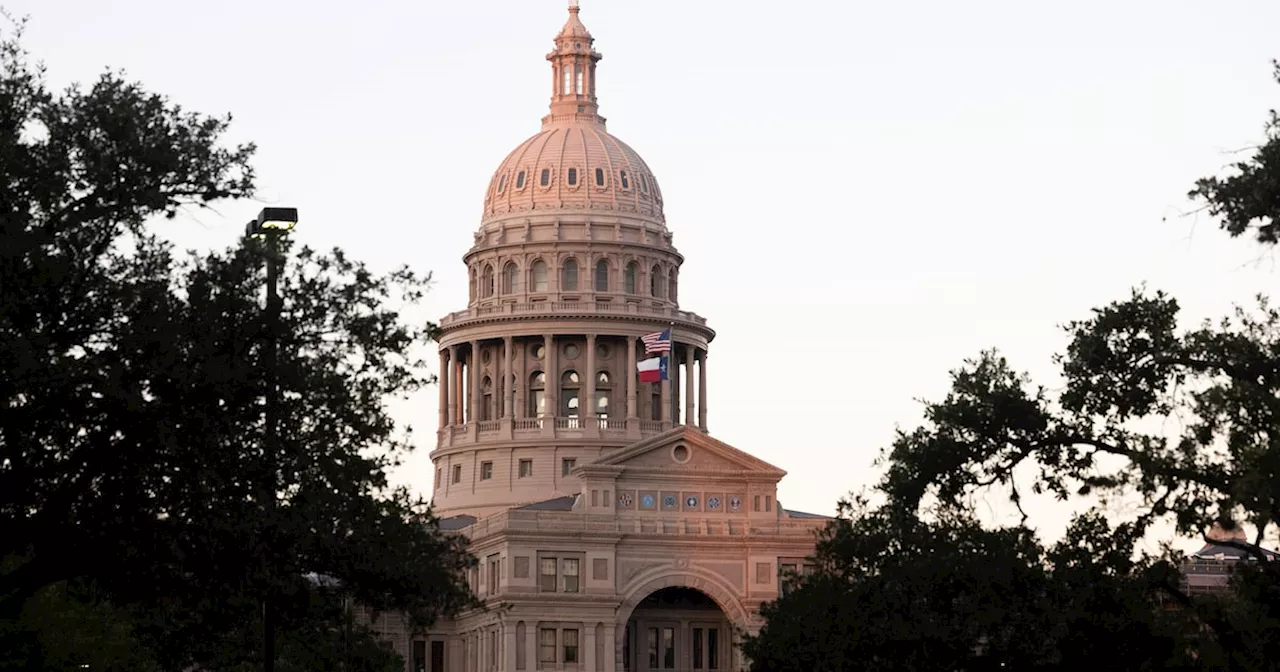 Texas Lawmakers Face $194.6 Billion Budget With Cautious OutlookTexas lawmakers are beginning their 2026-27 budget session with an estimated $194.6 billion in tax revenue, a slight decrease from the previous biennium. Despite positive economic indicators, Comptroller Glenn Hegar urges caution, highlighting the struggles of Texans facing rising costs. Hegar forecasts a moderated pace of growth in revenue, largely driven by a 9% increase in sales tax collections.
Texas Lawmakers Face $194.6 Billion Budget With Cautious OutlookTexas lawmakers are beginning their 2026-27 budget session with an estimated $194.6 billion in tax revenue, a slight decrease from the previous biennium. Despite positive economic indicators, Comptroller Glenn Hegar urges caution, highlighting the struggles of Texans facing rising costs. Hegar forecasts a moderated pace of growth in revenue, largely driven by a 9% increase in sales tax collections.
Read more »
